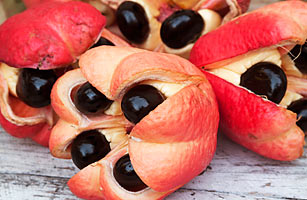
Sugar Cane, native to New Guinea, was first brought to Jamaica by Christopher Columbus in about 1509. Sweet on the taste buds, it was a labour-intensive crop grown on sugar plantations that played a major role in slavery. Today it is still an export crop and is a tasty snack for many Jamaicans.
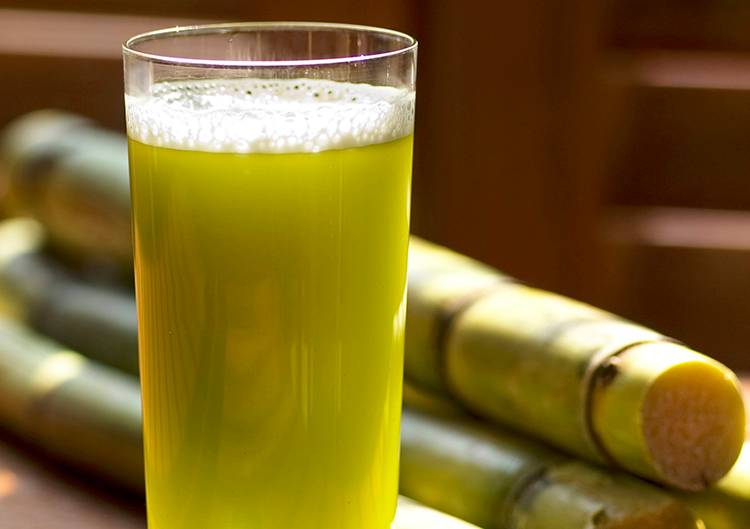
Bananas, native to Southeast Asia, were brought to Jamaica in the early 16th century by the Spanish. Today, bananas are an important source of farm income, especially in St. Mary, Portland and St. James, and the fruit is a very popular staple among Jamaicans, whether green or ripe.
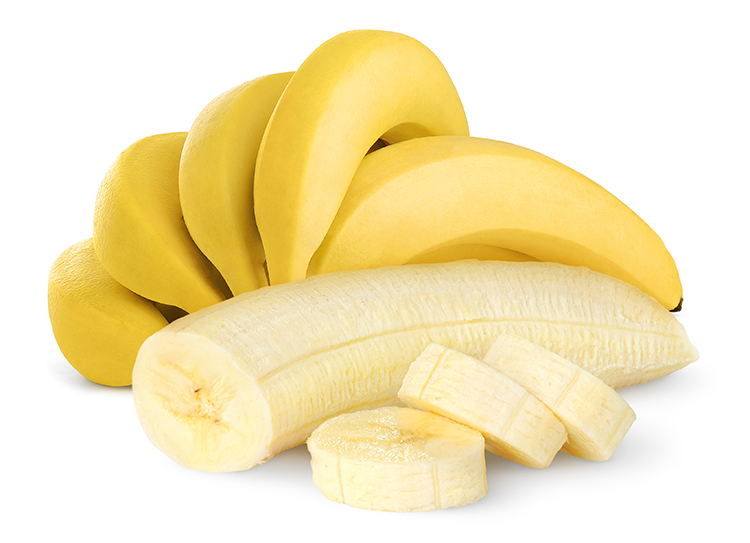
Mangoes were first introduced to Jamaica in 1782 by Lord Rodney, who captured a ship headed for Hispaniola and carrying mangoes. He delivered the ship to Jamaica instead, and I think we can all agree that we are grateful for this accident of history. The folk song “Mango Time” appropriately describes Jamaicans’ love for varieties like Blackie, Stringy, Sweetie Come Brush Me, East Indian, Julie, Bombay, Nelson and so many more.
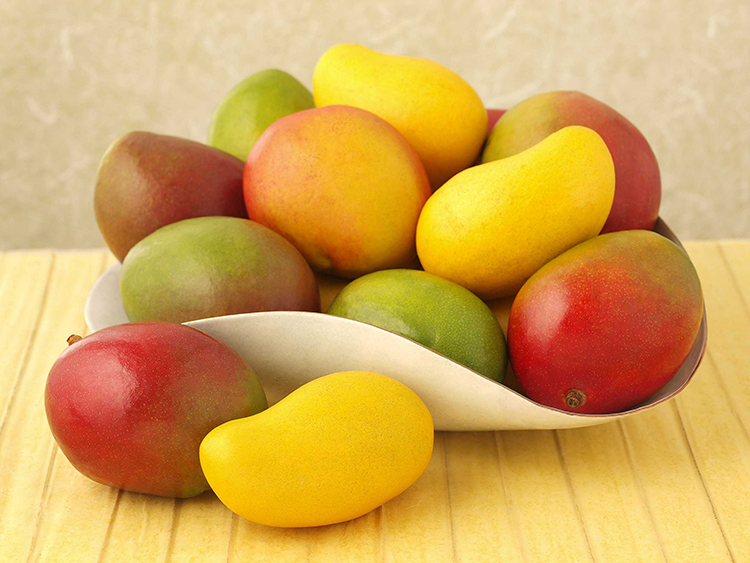
Breadfruit was brought by Captain William Bligh in 1793 as a cheap means to feed the large slave labour force. It can be prepared in many different ways, but traditionalists say there is nothing better than a slice of “yellow heart” roast breadfruit to go with our national dish, ackee and saltfish.
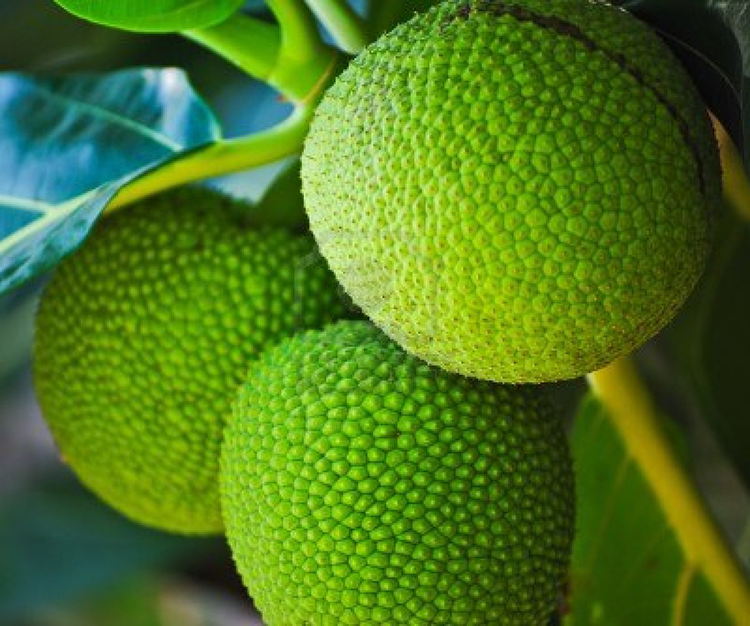
Ackee was introduced by Thomas Clarke, a botanist, in 1778, though its scientific name is Blighia Sapida, after Captain Bligh, who brought ackee to the UK in 1793. Native to West Africa, ackee is consumed in large quantities by many Jamaicans home and abroad. Just be sure to wait for the fruit to ripen (the pod will open when ripe) before enjoying – the fruit is poisonous before then.
